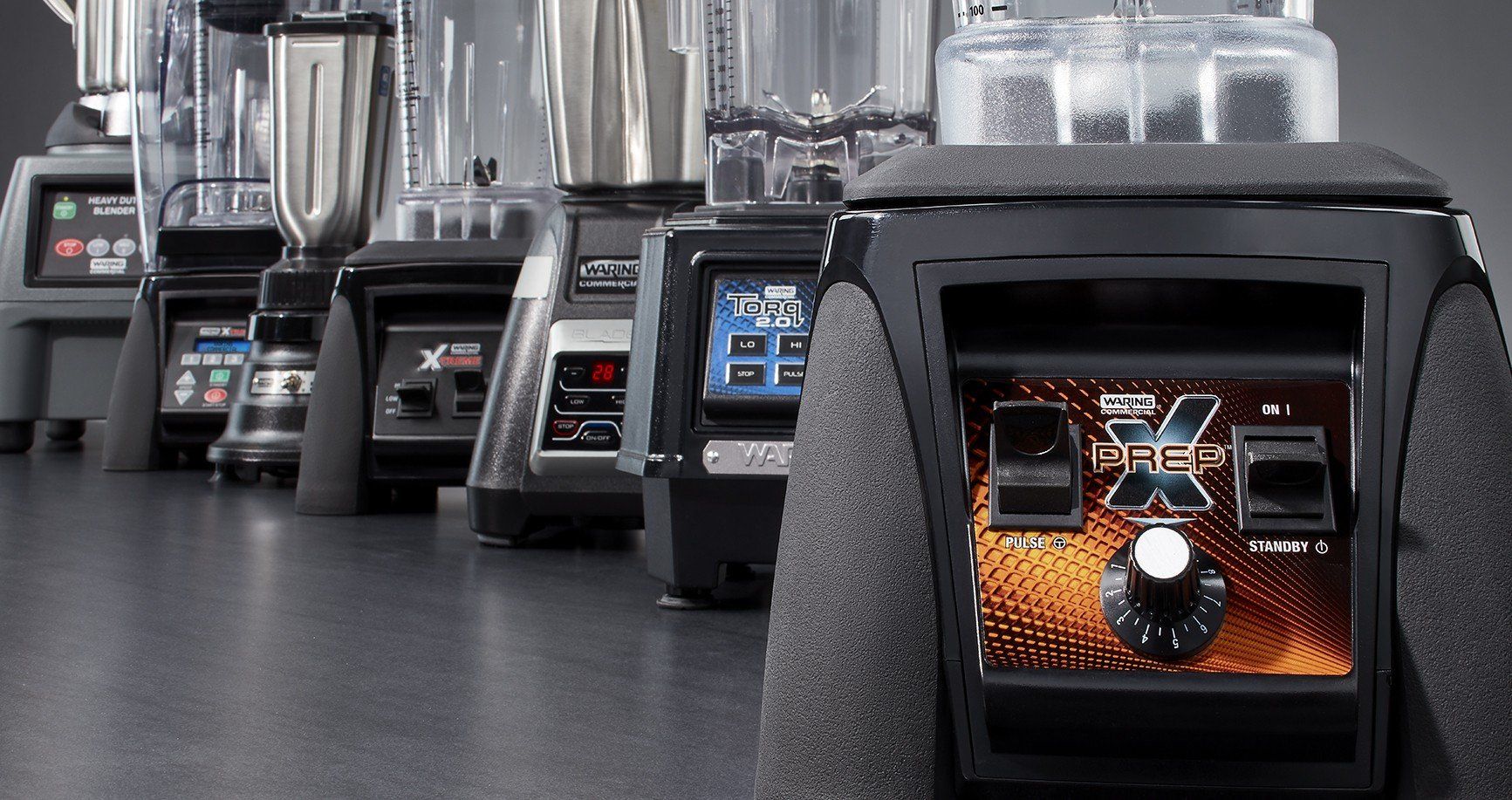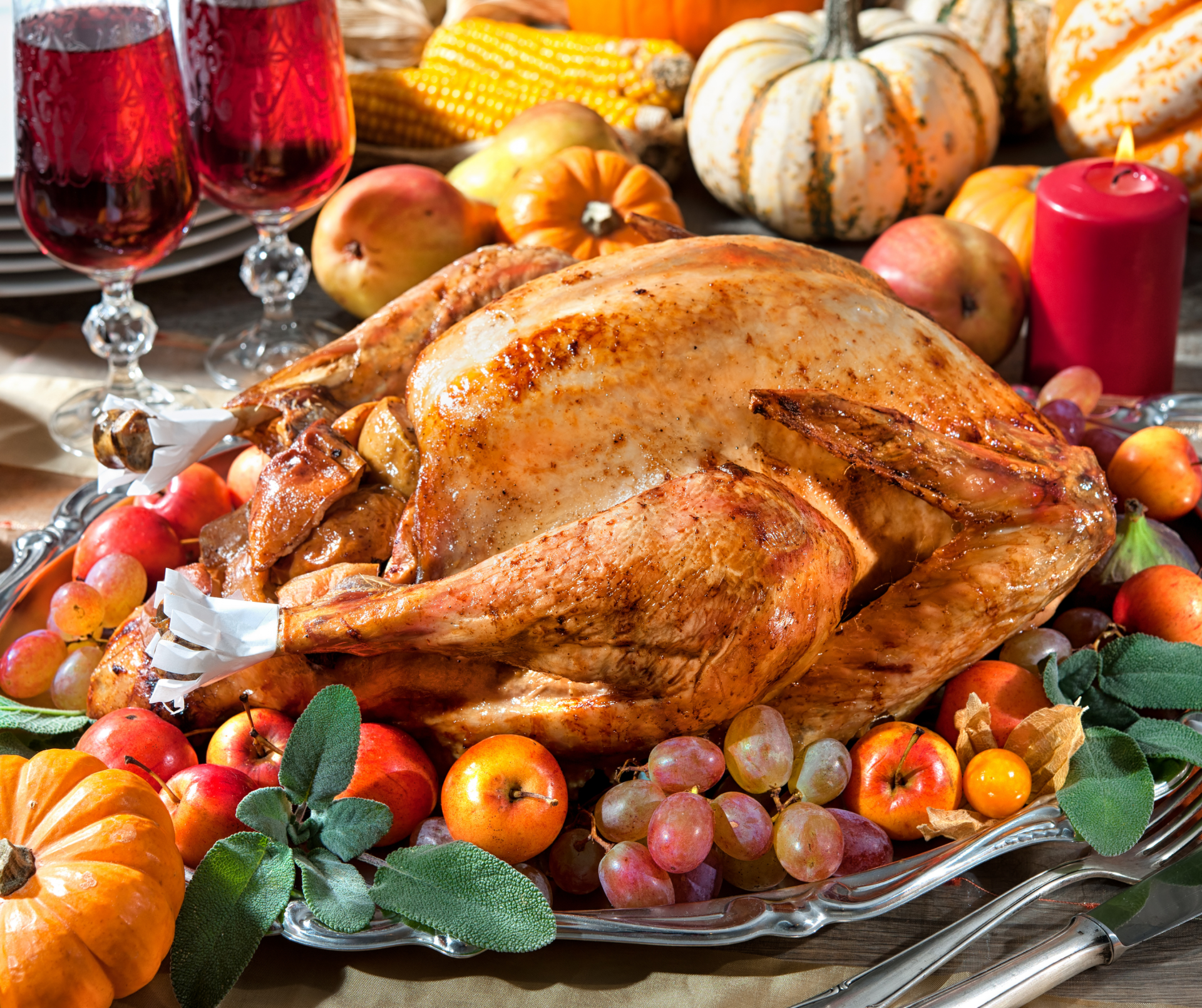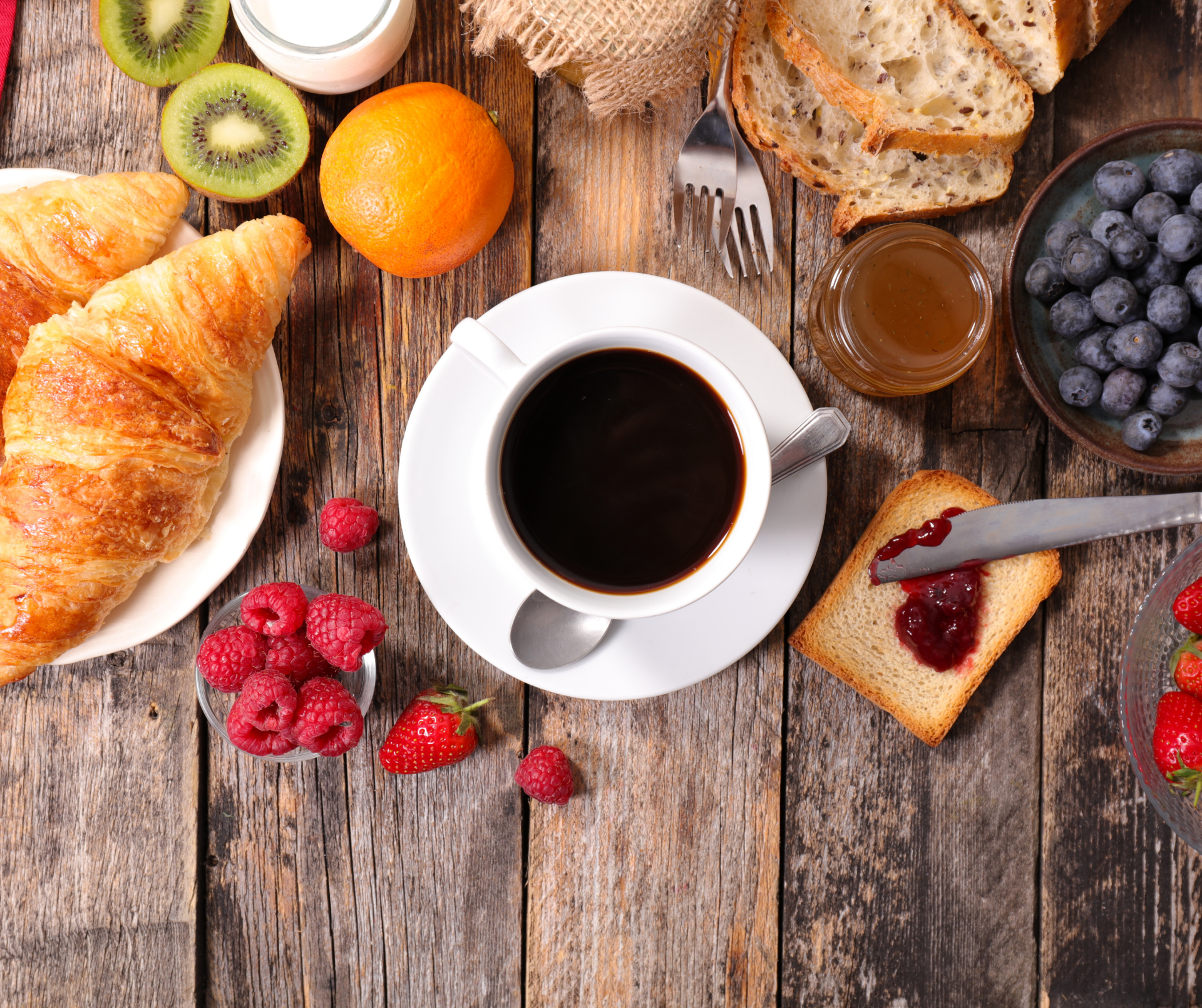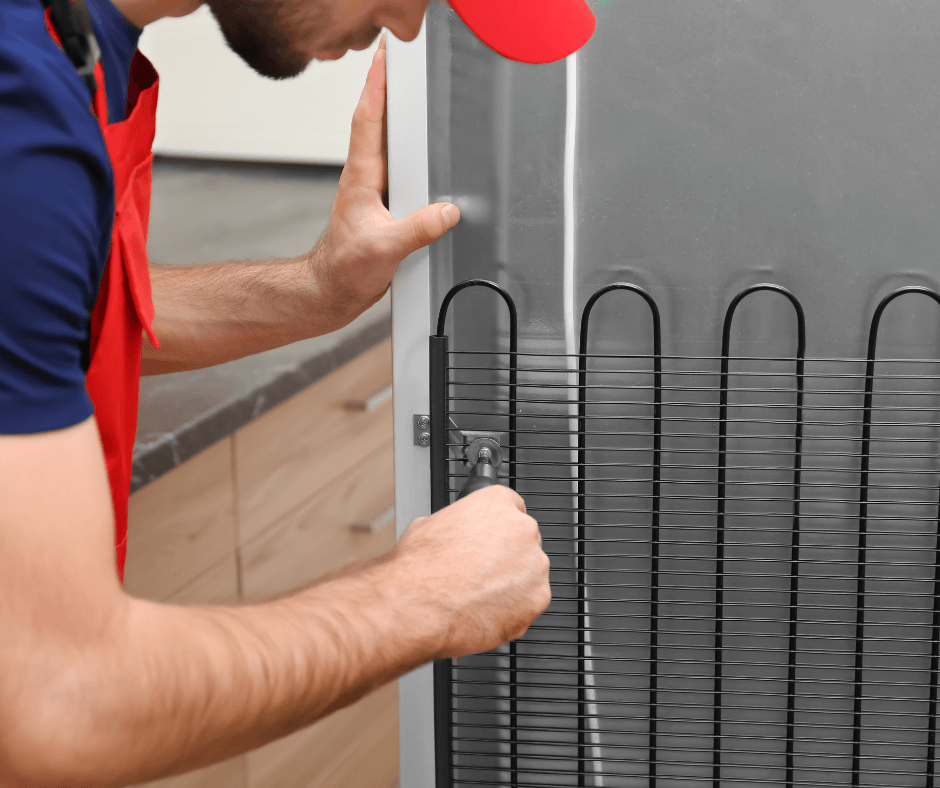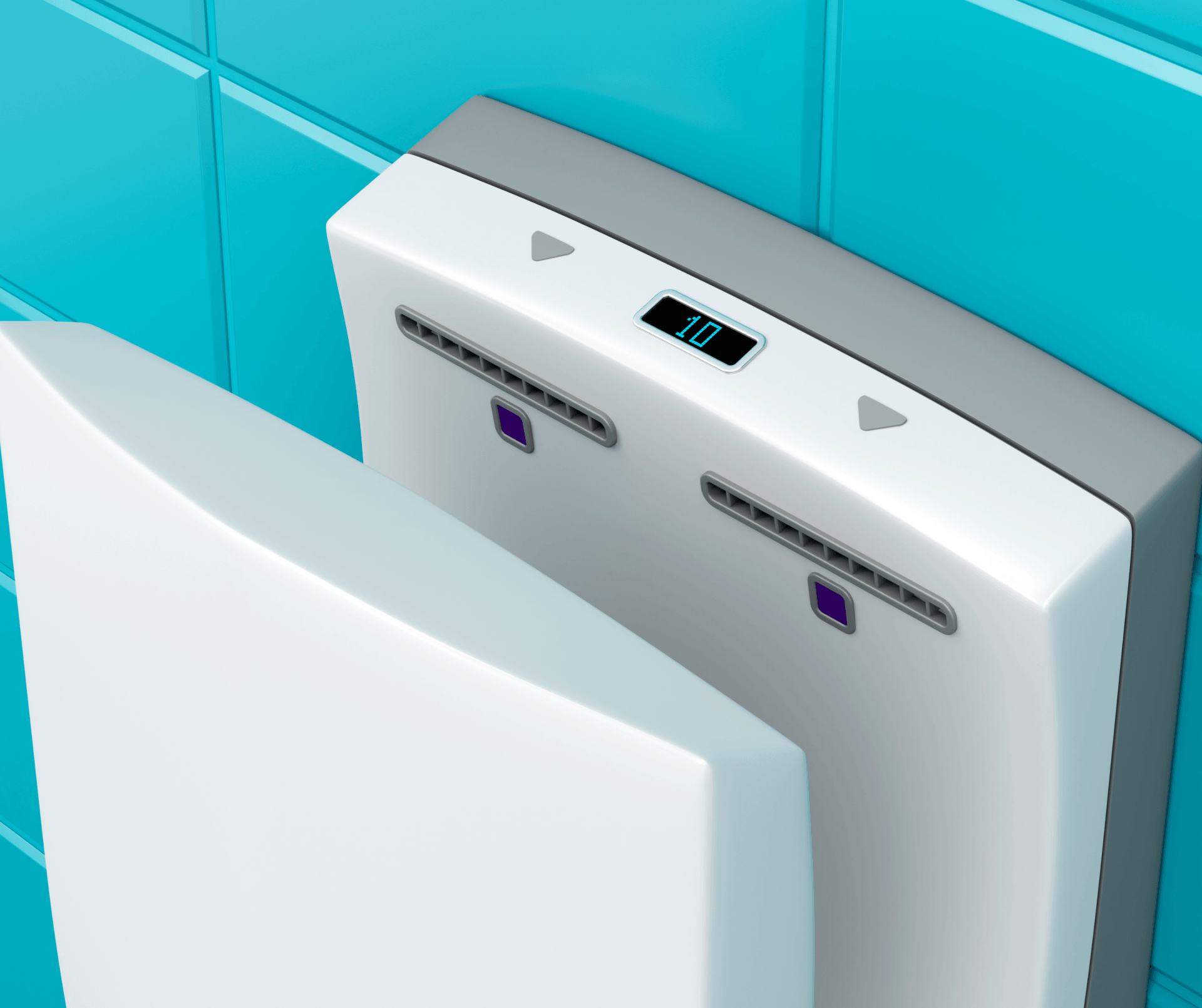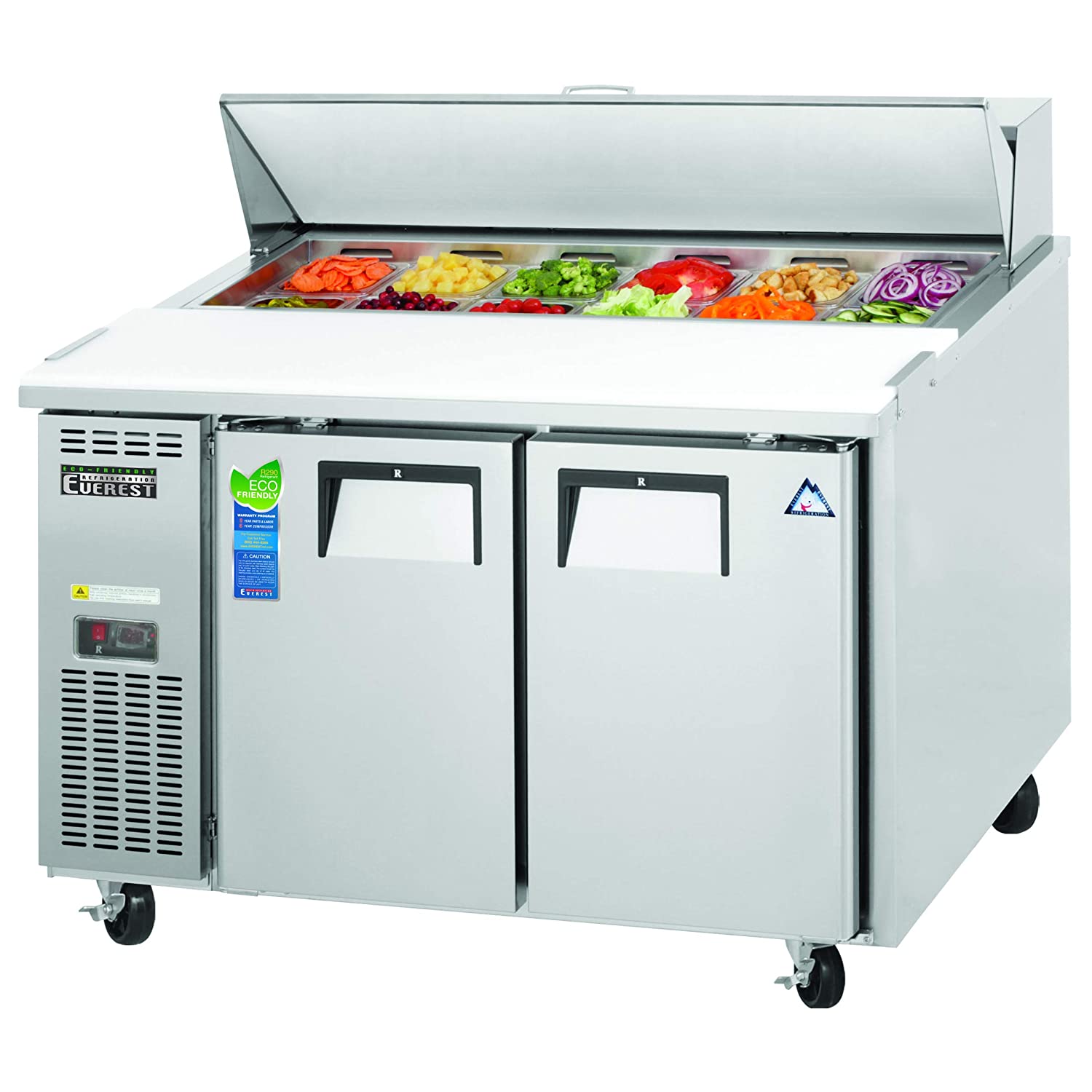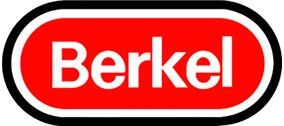Top 5 Energy Conservation Tips for Restaurants
Reducing your restaurant's overall energy consumption not only lowers your utility costs, it's also better for the environment. Many food service professionals have been adopting energy conservation methods for the past decade and have drastically cut their energy use and expenses. Here, we've outlined energy conservation tips that will reduce your water and electricity use.
5 Energy Conservation Methods
It can be easier than you think to reduce energy consumption in your kitchen with our energy-saving methods! Here are our top 5 tips for conserving energy in your business.
1. Use Energy Efficient Equipment
Commercial equipment contributes a great deal to your restaurant energy consumption, but your restaurant equipment doesn't have to guzzle resources. Many manufacturers offer equipment that uses a fraction of the energy of their other models, and switching to those designs could save your business thousands of dollars per year.
- High Efficiency Fryers - Upgrading your deep fryer to an energy-efficient model will not only save you money on utilities, it will save you money on fryer oil as well. New high-efficiency fryer models experience less scorching which extends the life of your oil.
- High Efficiency Dish Machines - Using an Energy Star certified dish machine can save an average of $1,500 annually when compared to a standard model.
- Energy Star Rebates - Not only does Energy Star certified equipment use much less energy than standard equipment, it might also qualify you for a rebate. Incentives and rebates vary depending on your location, so make sure to check the Energy Star website.
2. Perform Equipment Maintenance
If you don't keep your equipment clean or service it regularly, it's probably working harder than it needs to be. There are a few simple preventative tasks you can perform on your own to increase your energy savings and extend the life of your equipment.
- Refrigerator Condenser Coils - The condenser coils on your refrigeration units become clogged with dust over time, which insulates the coils and prevents them from expelling heat. The result is that your unit has to work much harder to reach food safe temperatures. Keeping your coils clean provides a major boost to the efficiency of your unit.
- Water Filters - Water filtration systems prevent calcification and mineral deposits in any equipment that connects to a water line. By replacing your water filters at the appropriate time, you ensure that scale buildup doesn't clog the internal components of your equipment and affect the efficiency of the unit.
3. Reduce Water Consumption
Restaurants require large amounts of water to sustain operations. Thankfully, there are some simple ways to reduce water consumption in your restaurant and lower your water bill.
- Use Low-Flow Spray Valves - Replace your pre-rinse spray valves with newer models that have lower GPM (gallons per minute) ratings. These low-flow spray valves are easy to replace and use much less water than older spray valves.
- Install Low-Flow Aerators - Your hand-washing sinks don't need to have a high GPM flow rating. Consider using low-flow aerators or flow regulators that limit the amount of water flowing out of the faucet and lower the GPM to save you money.
- Repair Leaky Faucets - Over time, the drips from a single leaky faucet add up. Instead of wasting water and money, repair your faucets with new components. Many new faucet parts feature a cartridge design so you can swap them out quickly without calling a plumber.
4. Use Energy-Efficient Lighting
By switching out incandescent light bulbs with energy efficient lighting, you can drastically lower your lighting electricity costs. Not only will you save on your utility costs, you'll also help the environment by conserving energy and lowering greenhouse emissions.
- LED Bulbs - LED bulbs use less electricity and last up to 10 times longer than a standard incandescent bulb.
- CFL Bulbs - Not quite as energy efficient as LEDs, CFL bulbs are still 4 times more efficient than standard incandescent bulbs. They produce more light than LEDs so they work well to light up the large areas in your restaurant.
5. Decrease Heat Usage
Look for little ways to decrease the heat usage in your restaurant like using less hot water or preventing your employees from making changes to the temperature settings on your thermostat.
- Invest in a Smart Thermostat - Smart thermostats can be programmed remotely and are able to optimize energy use. Many are also tamper-resistant to prevent unauthorized adjustments.
- Lower Water Temps on Your Dish Machine - Mandatory dish washing temperatures in the food service industry are around 140 degrees Fahrenheit, according to the NRA. Double check the requirements for your area, then optimize your water temperature so you don't use water that's hotter than it needs to be.
- Unheated Hand Dryers - Energy-efficient hand dryers that rely on forced air instead of heated air can use up to 80% less energy than a standard hand dryer.
